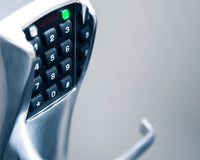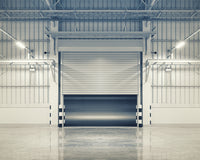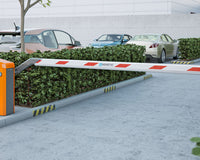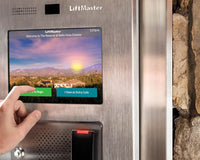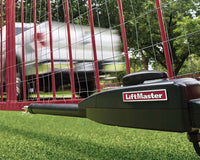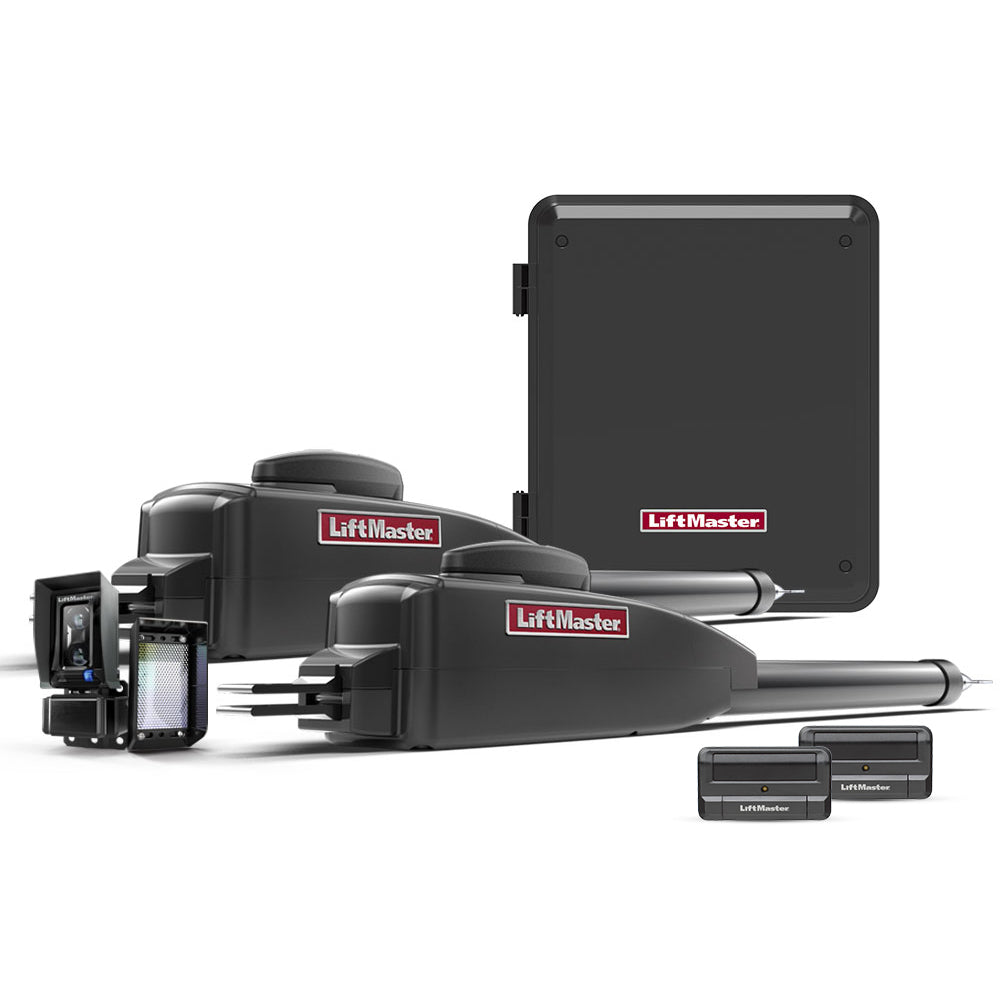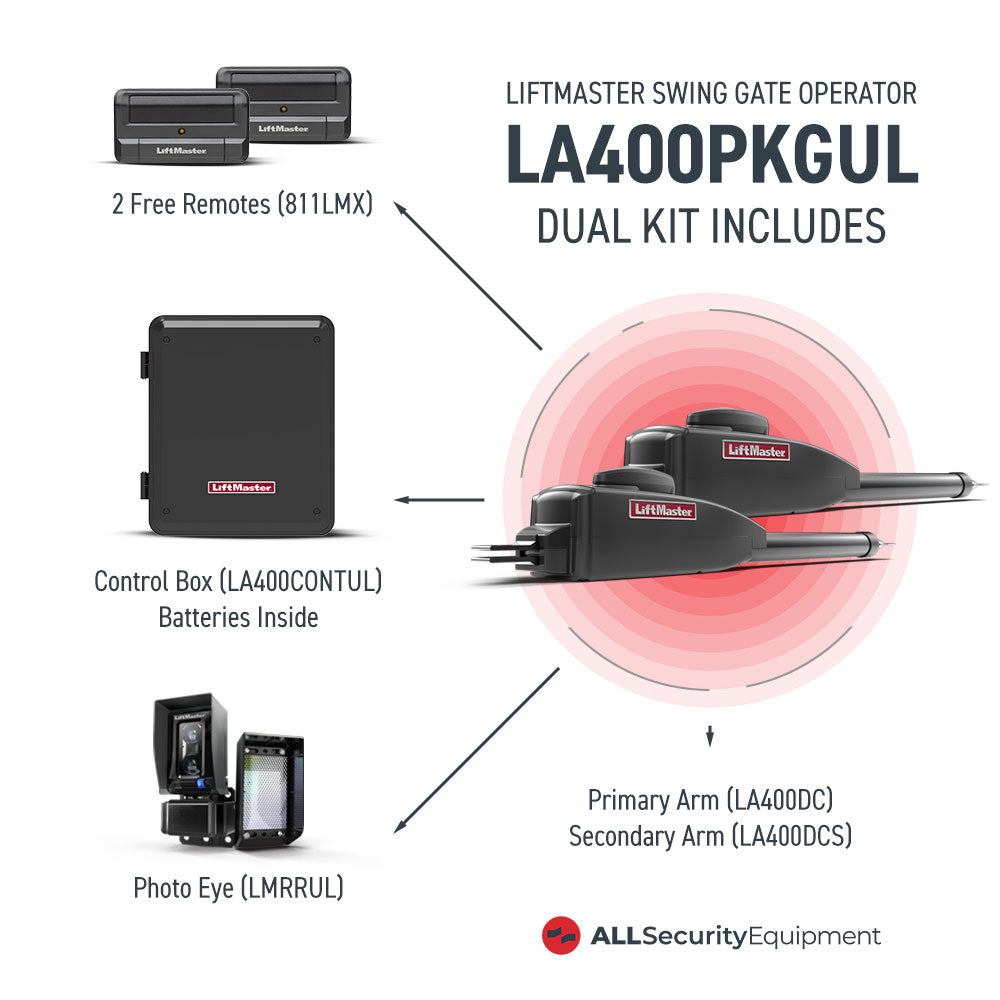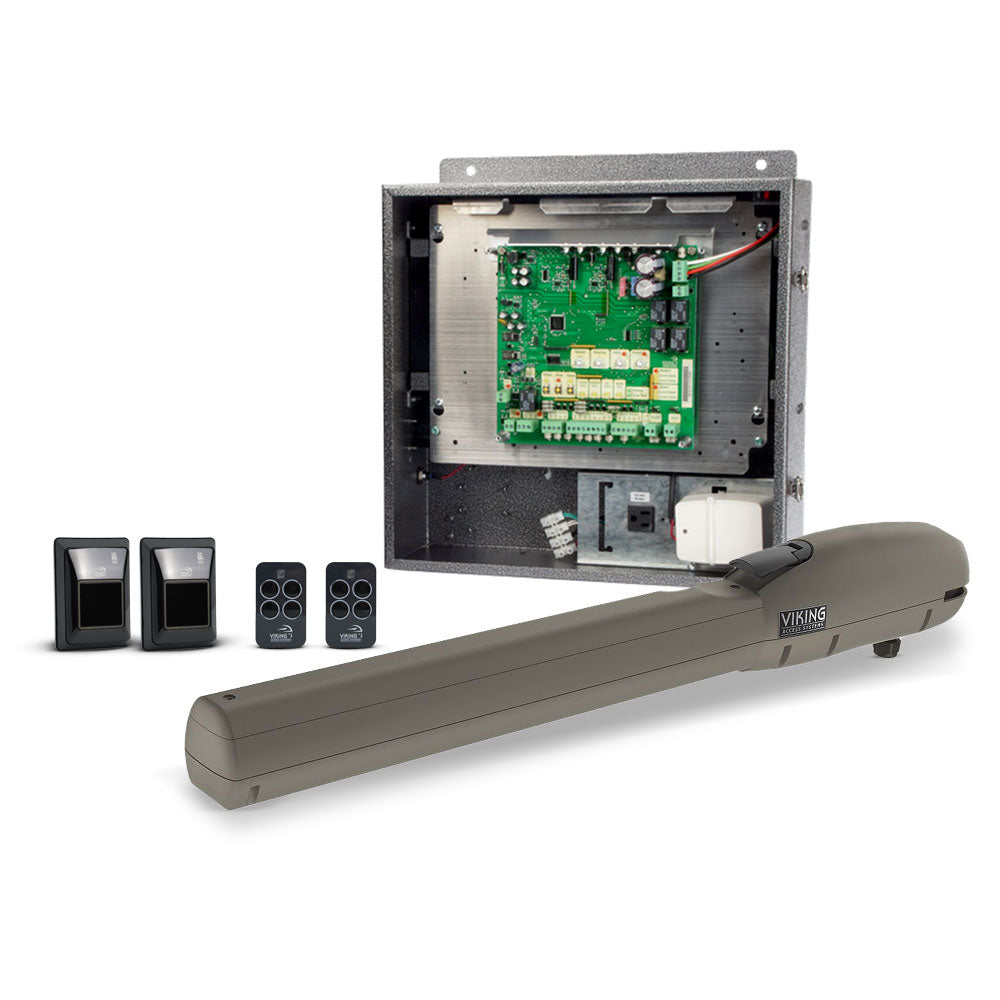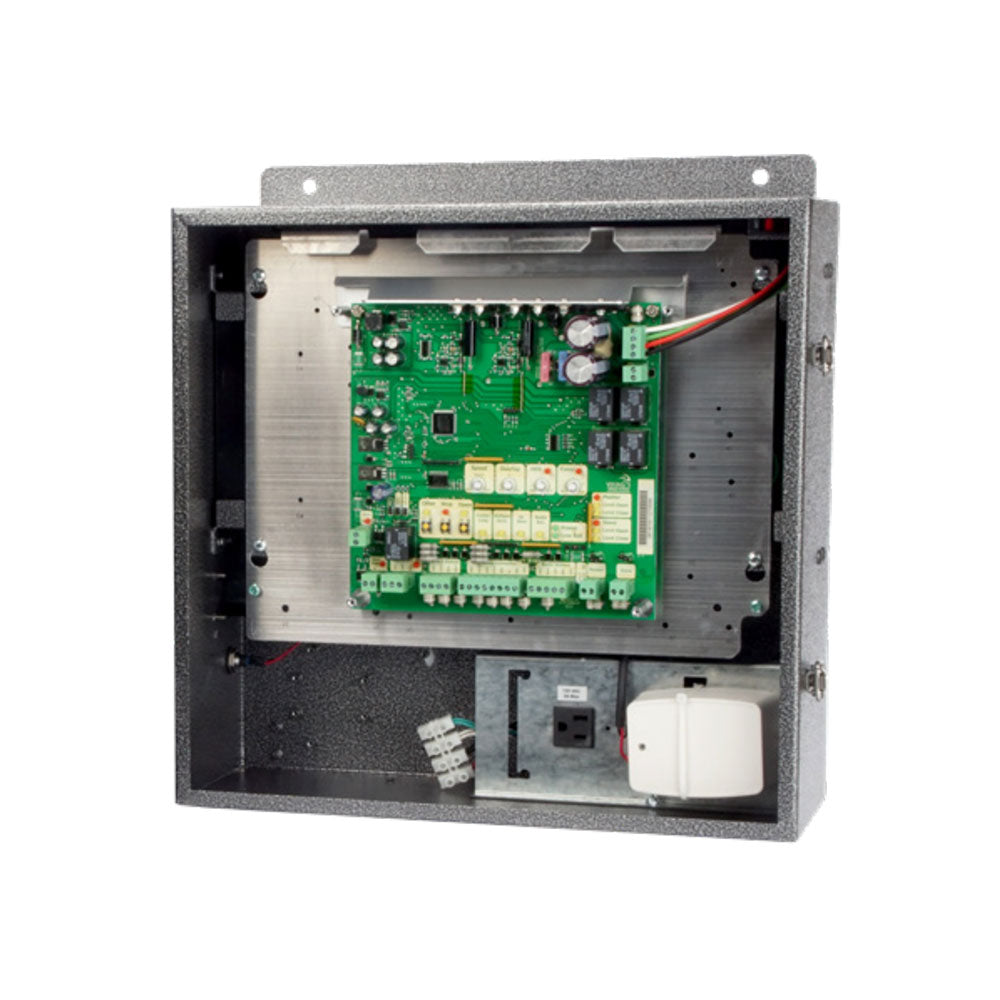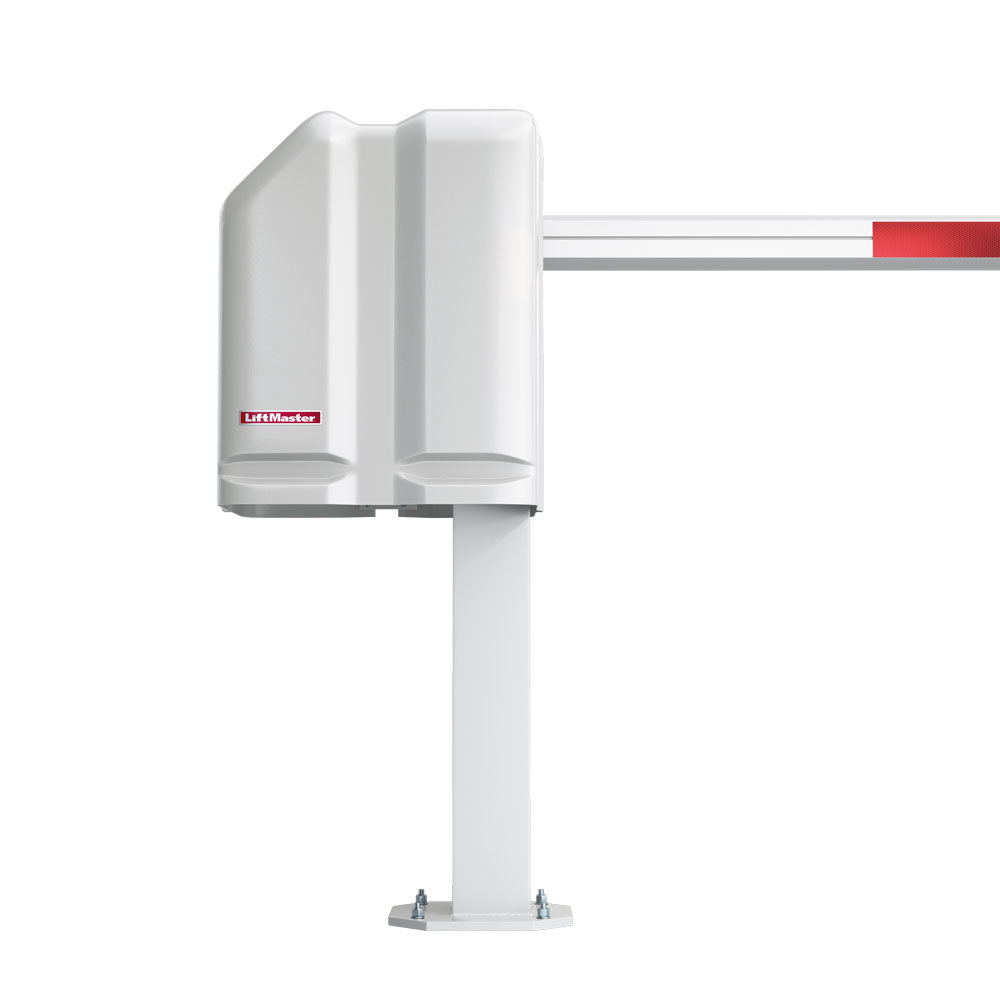Summer vacation season is here—and while you’re enjoying your time away, your home may become more vulnerable to theft and property damage. A thorough security check before you leave should include more than just locking doors and activating alarms. Ensuring your vacation security camera setup is optimized for coverage, clarity, and correct camera angles is equally important.
The goal is not just general surveillance—but capturing clear, actionable footage from the best home camera angles.
Why Camera Placement Matters More Than You Think
Many homeowners install security cameras to simply cover an area, without considering visibility and image quality. This approach often results in:
-
Missed motion detection triggers
-
Poor night vision performance
-
Blurred or distant footage
-
Insufficient coverage of key entry points
Proper camera placement enhances overall security by eliminating blind spots and providing reliable, detailed video footage for review if any incidents occur.
→ For broader home protection strategies, visit our Summer Security Checklist for Home and Business.
Front Entry and Driveway: Prioritize Identification
The front door is one of the most critical entry points on your property.
When installing cameras, it is recommended to:
-
Mount at eye level or slightly above
-
Angle the camera downward to monitor both the front door and driveway
-
Use wide angle lenses to capture deliveries, visitors, and passing vehicles
For optimal field of view, position the camera to monitor both the immediate entry point and anyone approaching from the sidewalk or street.
Avoid placing cameras directly above the door, as this often limits footage to the tops of people’s heads.
If your camera includes night vision or infrared, test visibility during low-light conditions to confirm adequate performance.
For additional advice: 5 Tips to Keep Outdoor Security Cameras Safe.
Backyard and Fence Lines: Monitor Entry Attempts
Backyards and fence lines are frequent points of entry for intruders seeking less visible access routes.
Recommended setup includes:
-
Mounting outdoor cameras on the back corners of the house or garage
-
Angling cameras diagonally to cover the entire fence line
-
Using tree-mounted or shed-mounted positions for discreet monitoring
-
Considering battery-powered outdoor cameras or solar-powered models for areas without accessible wiring
Overlapping the field of view from multiple cameras can help eliminate blind spots and provide more reliable coverage.
If your property includes a pool area, ensure that the pool gate lock is secure as part of your summer preparation plan.
Side Gates, Garages, and Detached Buildings
Side gates, garages, and detached structures are often overlooked during camera placement planning.
For side gates:
-
Position cameras to capture the latch or locking mechanism clearly
-
Aim for full visibility of the gate entrance and surrounding area
For detached garages and guest houses:
-
Install one camera focused on the main entry door
-
Position an additional camera to monitor the approach path from your primary residence or street
For commercial properties, refer to our detailed guide on Best Placements for Business Security Cameras.
Indoors: Focus on Critical Rooms and Entry Points
If you choose to install indoor cameras, focus on areas most relevant to your overall security.
Key recommendations include:
-
First-floor entry points such as the front door and back door
-
Common areas like hallways leading to doors and windows
-
Rooms containing safes or valuable items
When setting up an indoor camera:
-
Test the Wi-Fi signal strength to ensure uninterrupted performance
-
Confirm that your security system app delivers real-time notifications
-
Calibrate motion detection sensitivity to avoid false alarms caused by pets or HVAC airflow
Additional Smart Placement Tips
-
Install security cameras with night vision capabilities to maintain visibility during nighttime hours
-
Review your Wi-Fi upload speeds and cloud storage capacity before leaving town
-
For battery-powered units, charge or replace batteries prior to your departure
-
Conduct a full motion detection test for each surveillance zone
For broader area coverage, consider placing a camera with a wide field of view on higher elevations, such as second-story windows, while avoiding angles that may introduce glare or overexposure.
→ Explore camera options in our Video Surveillance Collection.
Common Camera Placement Mistakes to Avoid
When configuring your vacation security camera setup, avoid these frequent errors:
-
Positioning cameras in direct sunlight, leading to glare and false motion alerts
-
Relying on a single camera per zone, which limits visual coverage during critical events
-
Neglecting to test Wi-Fi signal strength for outdoor cameras, increasing the risk of footage loss
-
Failing to perform a comprehensive security check before leaving, which may leave your system vulnerable
For more vacation security tips: Traveling for the 4th of July? Don’t Miss These Security Must-Haves.
Final Tip: Prepare Your Security System Before Traveling
Whether your setup includes an outdoor camera, indoor camera, or an integrated security system, camera placement plays a vital role in your home’s safety.
Before your next vacation, take the time to adjust camera angles, review motion detection settings, and confirm system functionality.
Shop our Video Surveillance Collection for professional-grade cameras and accessories suitable for year-round protection.


